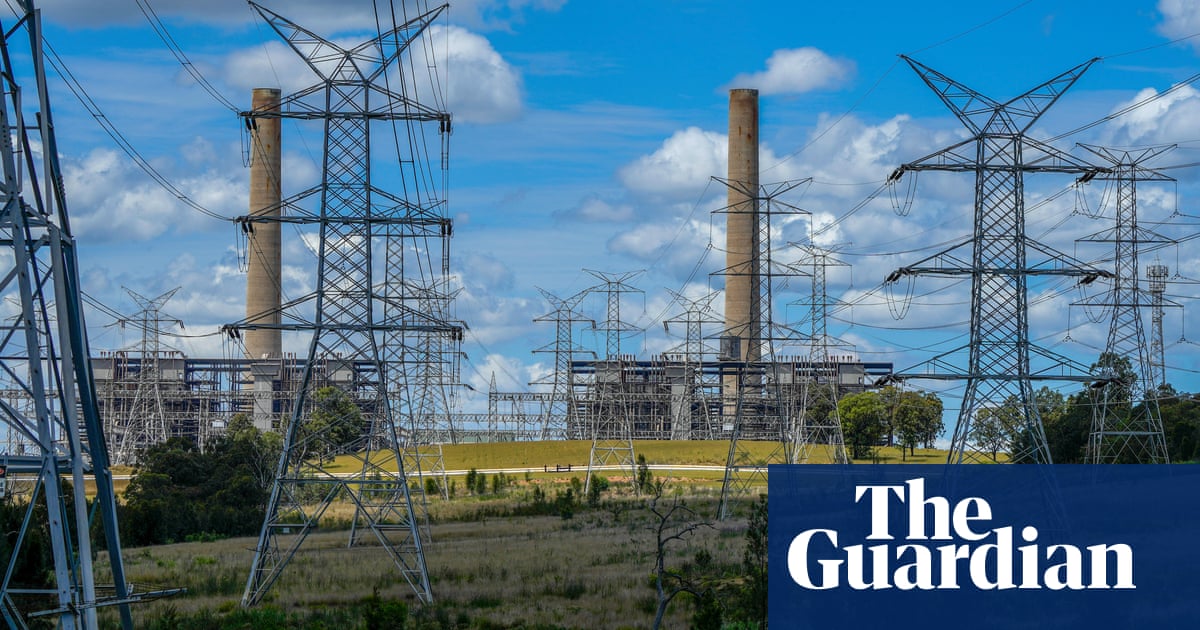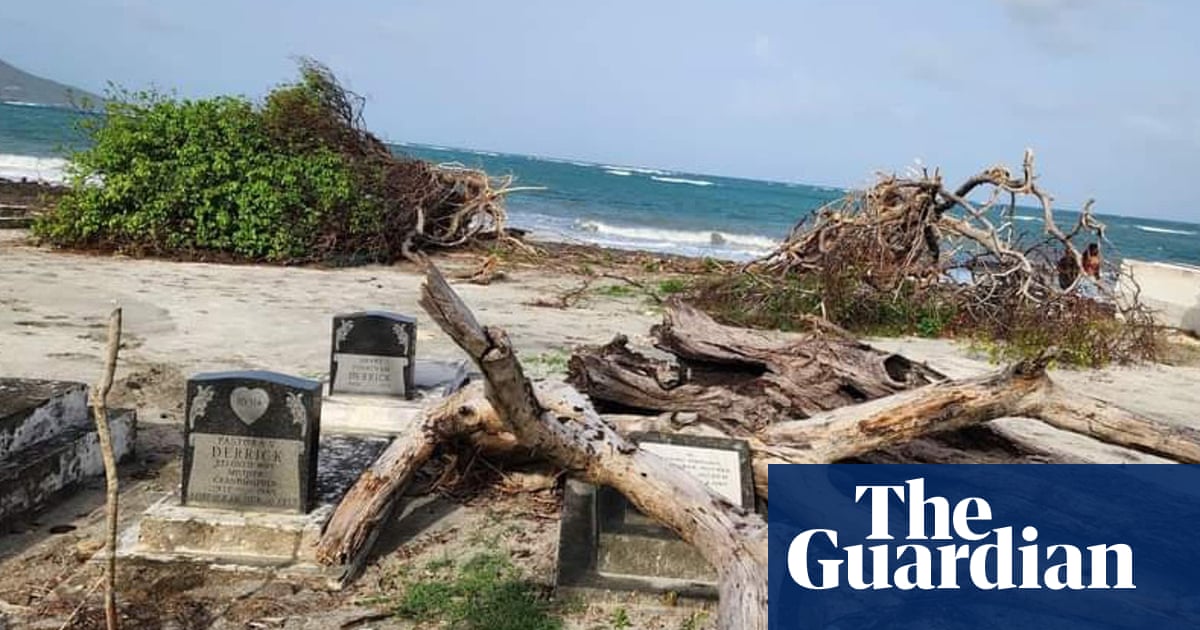What do the different hurricane categories mean? » Yale Climate Connections

As a hurricane gains strength over the ocean, the wind starts to blow faster and faster. These wind speeds determine how meteorologists rank the storm’s power.
Cyclones with lower wind speeds are called tropical storms or tropical depressions.
But once the wind reaches 74 miles per hour, it becomes a Category 1 hurricane.
As the wind speeds up, the storm hits Category 2, and then Categories 3 and 4, which are considered major hurricanes that can cause severe damage.
The highest category is 5, with wind speeds over 156 miles per hour.
These storms can lead to widespread destruction, weekslong power outages, and months or years of recovery.
As climate change warms the planet, scientists expect to see more hurricanes reach Category 4 or higher.
But because these categories only reflect wind speed, they do not capture the full extent of a storm’s potential danger.
For example, Superstorm Sandy hit the Northeast with only Category 1 wind speeds, but its powerful storm surge flooded New Jersey, New York, and Connecticut with a devastating wall of water.
So it’s important to take all hurricanes seriously and stay alert for warnings and evacuation orders.
Reporting credit: Ethan Freedman / ChavoBart Digital Media
We help millions of people understand climate change and what to do about it. Help us reach even more people like you.




